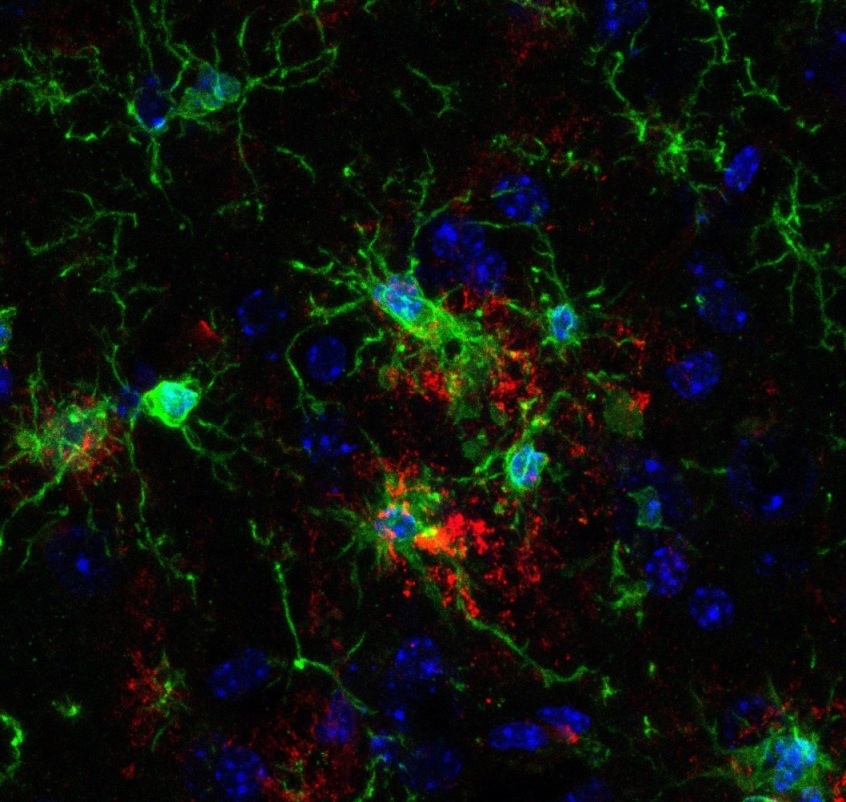An immune molecule in the body shows promise for the treatment of Alzheimer’s.

Credit : The Hong Kong University of Science and Technology
Researchers have identified a molecule expressed by several types of cells that could treat Alzheimer’s disease by activating an immune response. The molecule, called interleukin (IL)-33, rapidly improved the health of mice designed to have signs and symptoms similar to Alzheimer’s, in a recent study conducted at the Hong Kong University of Science and Technology.
Alzheimer’s disease is characterized by progressive memory loss, and impaired movement, reasoning and judgment. Amyloid plaques accumulate outside brain cells, while harmful protein aggregates form inside them.
Within a week of administering IL-33 to the mice, the defects in neuronal communication and memory loss were reversed. Inflammation and amyloid plaque deposits decreased after just two consecutive days of IL-33 injections.
The rapid signs of improvement were “remarkable,” says Nancy Ip, a neuroscientist at The Hong Kong University of Science and Technology, who led the study.
“These exciting findings showed that a protein already present in the human body has the potential to be used therapeutically to reduce Alzheimer’s disease pathology and reduce its related cognitive deficits,” she says.
The researchers were inspired to investigate IL-33 because studies showed reduced expression of its gene in the brains of people with Alzheimer’s disease.
They determined IL-33 acts by promoting the recruitment of brain immune cells, called microglia, which clear away amyloid plaques. The molecule also reduces an inflammatory response in the brain, which is a hallmark of the late stages of Alzheimer’s.
The team next plans to further elucidate how IL-33 recruits microglia and signals them to clear away plaques. They are also in the process of conducting pre-clinical drug development studies on IL-33 with an industry partner. This essential step in the process must be completed before the drug can be tested in humans.








